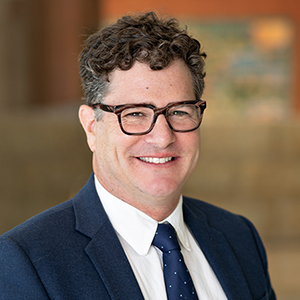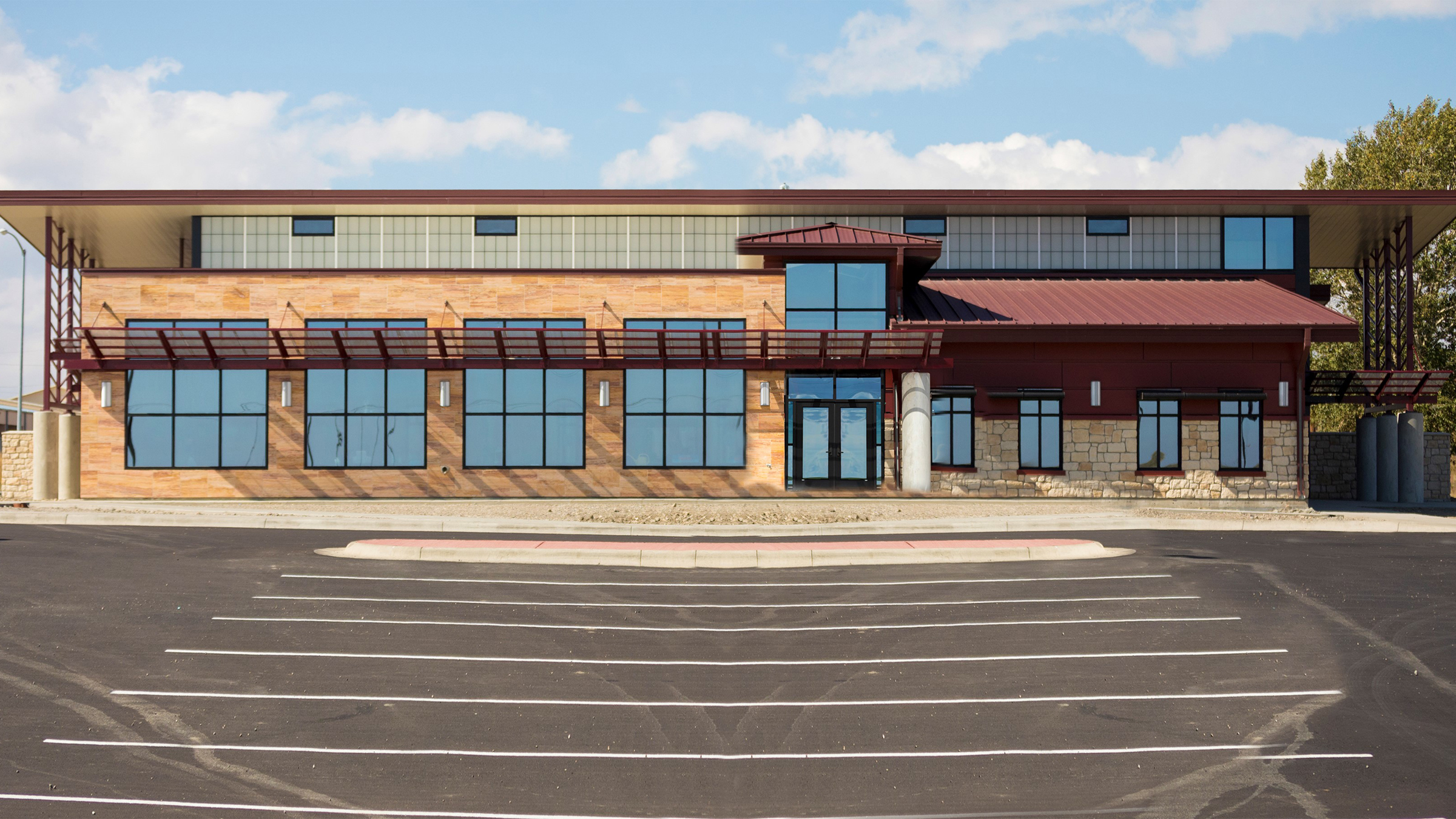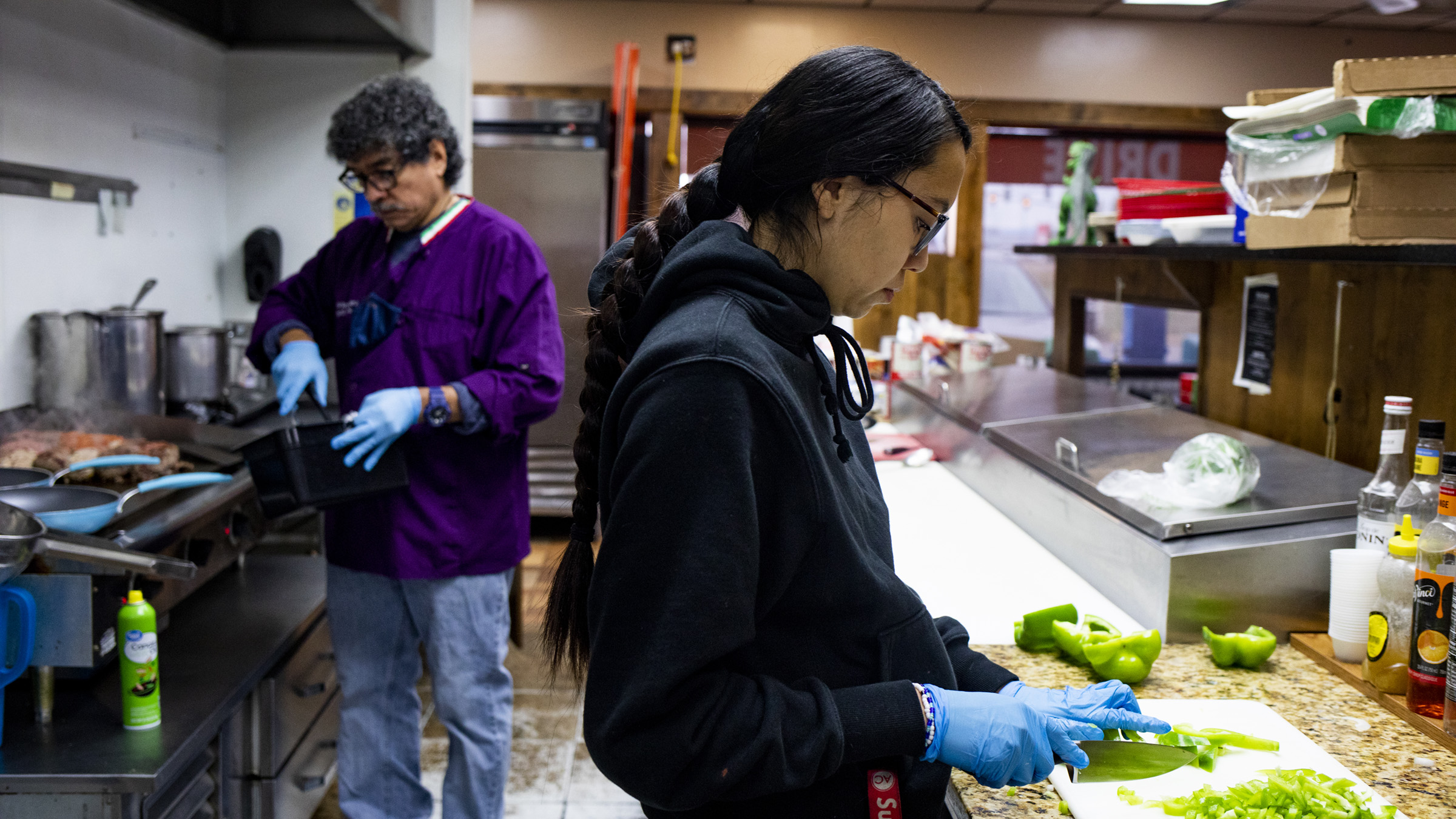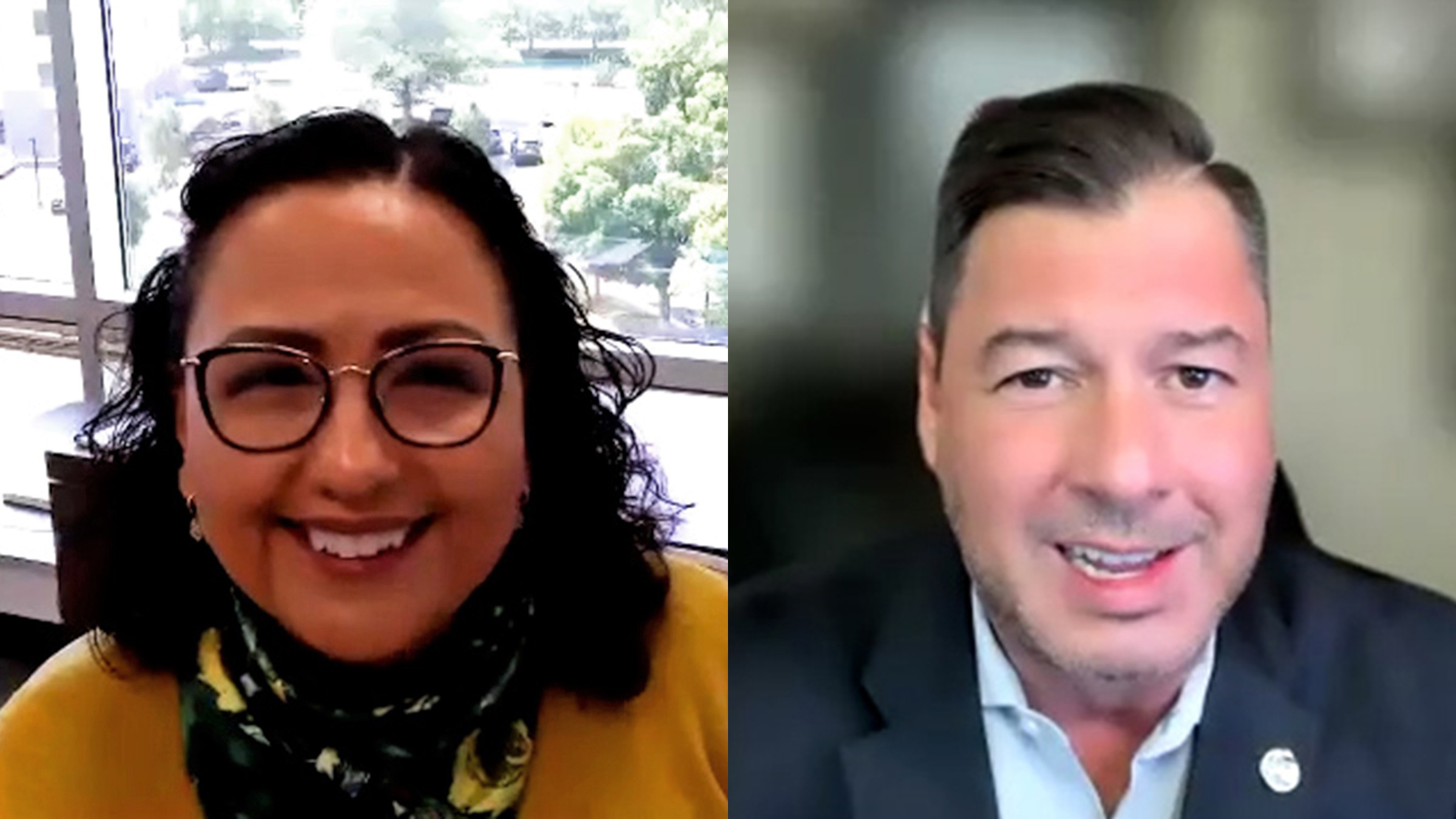The U.S. Congress established the New Markets Tax Credit (NMTC) Program in 2000 to encourage new investments in distressed areas. Through 2019, 6,820 projects—such as new or rehabilitated schools, community centers, mixed-use buildings, and retail spaces—have received a total of $63 billion (in 2019 dollars) in NMTC investments, of which $61 billion was used for new loan originations and the remainder for refinancing. When paired with additional capital, these NMTC investments have attracted $116 billion in total investment. In this article, we explore the extent to which tribal entities have participated in this important program.1 We find that while the share of NMTC investments involving tribal entities is increasing, the total number of tribes involved remains small, and the number of financial intermediaries directing NMTC investments to tribal entities is even smaller. These realities indicate that the program is not reaching Indian Country in an equitable way.
The ABCs of NMTCs
Administered jointly by the U.S. Department of the Treasury’s Community Development Financial Institutions (CDFI) Fund and the Internal Revenue Service (IRS), the NMTC Program awards tax credit authority to organizations that the CDFI Fund designates as intermediaries called Community Development Entities (CDEs). In turn, CDEs raise capital from private investors and use that capital to make loans or equity investments in qualified community businesses or clients in low-income or high-poverty census tracts. For providing their capital, private investors receive tax credits against their federal income taxes over a period of seven years. (See the appendix below for more on how the NMTC Program works.) Program evaluations provide compelling evidence that NMTCs have led to increases in local employment and reductions in poverty.
Given that the program is tailored to subsidize investments in census tracts with high poverty rates, most American Indian reservations, Alaska Native Villages, and Native Hawaiian Home Lands are eligible locations. Yet, several reports suggest that the NMTC Program is not penetrating these tribal areas.2
To explore this, we analyzed the extent to which NMTC investments have been used to create new capital for tribal governments, tribal enterprises, nonprofit tribal consortia, and Alaska Native Corporations—a variety of bodies we collectively refer to as “tribal entities.” Our analysis differs from other studies of the NMTC Program in Indian Country in that we focus on where CDEs are allocating their tax authority rather than who is being awarded the ability to make those investments. To that end, we use confidential CDFI Fund data on NMTC investments from 2001 through 2019 to identify the names and locations of each one involving a tribal entity.
Tribal participation is increasing
Our first main finding from the data is that tribal entities’ involvement in NMTC investments is increasing. (See the figure below.) For example, roughly ten years after the start of the program, the share of NMTC investments for tribal entities averaged only 0.3 percent per year. However, since 2011, this share has risen to 1.4 percent. This means the annual share of NMTC investments for tribal entities increased nearly fivefold between the first ten years and the last nine years of the program. In fact, the highest share of NMTC investments involving tribal entities occurred in 2019, the last year of available data, when 2.5 percent of all NMTC investments made in that year involved tribal entities. This upward trend in NMTC investments involving tribal entities should be interpreted as evidence that CDEs are increasingly considering tribal entities as an opportunity for NMTC investment.3
However, despite the upward trend, the dollar amount of NMTC investments involving tribal entities—$598 million (in 2019 dollars) through 2019—is dwarfed by the total of $61 billion (in 2019 dollars) spent on new investments for non-tribal entities. Thus, for every $100 in NMTC investments involving non-tribal entities, only $1 is being directed for investments with tribal entities—even though a disproportionately high share of census tracts eligible for NMTC investment are located in tribal areas.
Small number of tribal entities drives the trend
Our second main finding from the confidential CDFI Fund data is that participation in the NMTC Program has not been evenly distributed across Indian Country. Only 36 of the 347 federally recognized tribes in the contiguous United States have received at least one NMTC-funded project.4 A small number of those tribes, such as the Winnebago Tribe, Navajo Nation, and Laguna Pueblo Tribe, have received NMTC investments for multiple projects; in fact, ten tribes received half of the total number of NMTC-funded investments directed to federally recognized tribes in the contiguous United States.
Over the last 20 years, only 22 CDEs have worked with investors and tribal entities to create NMTC investments, and only two of those CDEs were affiliated with a tribe or Alaska Native Village (Alaska Growth Capital BIDCO, Inc., and Chickasaw Nation Community Development Endeavor, Inc.). An even smaller number of CDEs is responsible for the bulk of NMTC investments directed to tribal entities. This measure of the program appears unique to Indian Country: e.g., the four largest CDEs account for 6 percent of the total NMTC investments directed to non-tribal entities, while the four largest CDEs involved with tribal entities account for 47 percent of all NMTC funding for tribal entities since 2001. Thus, for this program to provide a stable source of funding for community investments in Indian Country in the future, the number of CDEs working with tribes will certainly need to grow.
Improving access to the NMTC Program in Indian Country
Tribal entities’ involvement in the NMTC Program over time generates a mixed picture. On the one hand, we find several examples where the NMTC Program helped direct meaningful investments to tribal entities. Those investments funded projects ranging from a new wellness center on the San Carlos Apache Reservation, to a youth center owned by the Coeur d’Alene Tribe, to a new tribal administrative building for the Fort Peck Tribes. We also find increased involvement by tribal entities in the NMTC Program, after years of them being left out of any form of NMTC investments. Yet, a small number of tribes have participated in this program and an even smaller number of CDEs have directed their NMTC tax authority toward the needs of tribal entities.
Our analysis provides the foundation for future research and policy engagement for broader participation of tribes in the NMTC Program. We have identified success stories where tribes, investors, and CDEs have partnered to utilize these tax credits to spur investments in Indian Country. However, the numbers clearly indicate there is room for far more participation by tribal entities. To inform recommendations for broadening participation, future Center for Indian Country Development work at the Federal Reserve Bank of Minneapolis will identify key barriers and highlight the strategies that successfully funneled NMTCs to the few tribes that have benefited from the program.
Thank you to Ben Harrington, Center for Indian Country Development Research Intern, for excellent research assistance.
Appendix: More on how NMTCs work
The NMTC process begins with Congress, which appropriates tax credit allocations to the CDFI Fund. The CDFI Fund then transfers tax credit authority for those allocations to CDEs—i.e., financial intermediaries—which it selects through a competitive application process. Importantly, the preparation of an application is both expensive and time-consuming. For example, each CDE must provide a discussion of projected community outcomes in its application and, if the application is successful, must report annually to the CDFI Fund on the status of the resulting investment. In addition, CDEs must showcase the mission, goals, and impact of each project to potential investors. To maximize opportunities and achieve desired results, CDEs traditionally hire consultants to help with the process. Given these costs and a relatively high rejection rate, which was nearly two-thirds of all applications in 2019, many CDEs may be deterred from participating in the application process.
Usually when a CDE receives an NMTC allocation, it has already lined up investors and qualified low-income-community businesses—i.e., in some cases, tribes or tribal enterprises. However, if not, investors and businesses can seek out CDEs that have untapped or remaining allocations.5 A CDE must issue qualified equity investments within five years of receiving an allocation. The final investment can be used for constructing or rehabilitating schools, community centers, mixed-use buildings, and retail spaces. To qualify as low-income for the purposes of the NMTC Program, communities must meet the IRS’s Low-Income Communities and Targeted Populations regulations.
Investors that provide capital to CDEs receive credits against their federal tax obligations. Investors can claim their allotted tax credits in seven years—5 percent of the original investment amount for each of the first three years and 6 percent of the original investment amount for the remaining four years—for a total of 39 percent of the original amount invested in the CDE. However, no investor would be satisfied with an investment of $1 that results in a return of only $0.39. Traditionally, this investment is combined with additional loan proceeds, thereby increasing the size of the qualified equity investment and the NMTCs generated. Consequently, the investors may receive additional financial benefits, such as interest payments from the investment. Investors are primarily corporate entities—often large international banks or other regulated financial institutions—but any entity or person is eligible to claim NMTCs.
Endnotes
1 It should be noted that some NMTC investments within Indian Country have occurred without the direct participation of tribes, tribally owned businesses, nonprofit tribal consortia, or Alaska Native Corporations. For example, financial intermediaries have used NMTC investments to rehabilitate public schools and charter schools located within Indian Country. Since we are interested in identifying the tribes that are direct beneficiaries of this program, we do not include NMTC investments for non-tribal entities in Indian Country in our article.
2 For example, Tribal Business News recently reported that Native-led community development financial institutions received only 0.15 percent of the $20 billion in total NMTC allocations over the last four years.
3 While further research is needed to better understand the determinants of the recent growth in NMTC investments directed toward tribal entities, starting in 2014, the CDFI Fund began to consider all NMTC investments in federally recognized Indian reservations, off-reservation trust lands, Hawaiian Home Lands, and Alaska Native Village Statistical Areas as innovative investments, which CDEs can use to help make their applications stand out.
4 We isolated a total of 54 NMTC investments that involved a tribal entity (see the sidebar above for more on our methodology), and those projects were directed to 36 tribes, one Alaska Native Village Corporation (Tyonek Native Corporation), and two consortia of Alaska Native Villages (Maniilaq Association and Yukon-Koyukuk Elder Assisted Living Consortium).
5 Tribal entities seeking out CDEs with remaining NMTC allocations can consult the CDFI Fund’s monthly NMTC Qualified Equity Investment Report.
i The structure of the confidential CDFI Fund data is not perfectly suited to identify whether an investment involved a tribal entity. For example, some NMTC investments within reservation borders, such as investments in public schools or nonprofit organizations, are not affiliated with tribes. The CDFI Fund confidential data do provide information on whether the recipient of an NMTC investment is a tribal government, a tribal business, or an Alaska Native Village government; however, some tribal governments in the dataset are classified as nonprofits, while some tribal enterprises—e.g., tribal casinos—are classified as for-profit businesses. Thus, we developed a host of methods to isolate the projects that involved tribal entities.
ii By hand-matching, we use the exact address to locate the name of the establishment at that address. Most establishments have a website that contains information on the owner of that address. To verify if the hand-matched NMTC investment was for the direct benefit of a tribal entity, we also matched the year and amount of the NMTC investment and the name of the reservation where it occurred to public reports about tribal use of NMTCs. We found a total of 49 NMTC investments directed to a tribal entity located on a tribal area and five NMTC investments directed to tribal enterprises located just off of tribal areas.
Matthew Gregg is a senior economist in Community Development and Engagement, where he focuses on research for the Center for Indian Country Development. He has published work on historical development in Indian Country, Indian removal, land rights, and agricultural productivity.
Michou Kokodoko is a senior policy analyst in the Minneapolis Fed’s Community Development and Engagement department. He leads the Bank’s efforts to promote effective community-bank partnerships by increasing awareness of community development trends and investment opportunities, especially those related to the Community Reinvestment Act.








